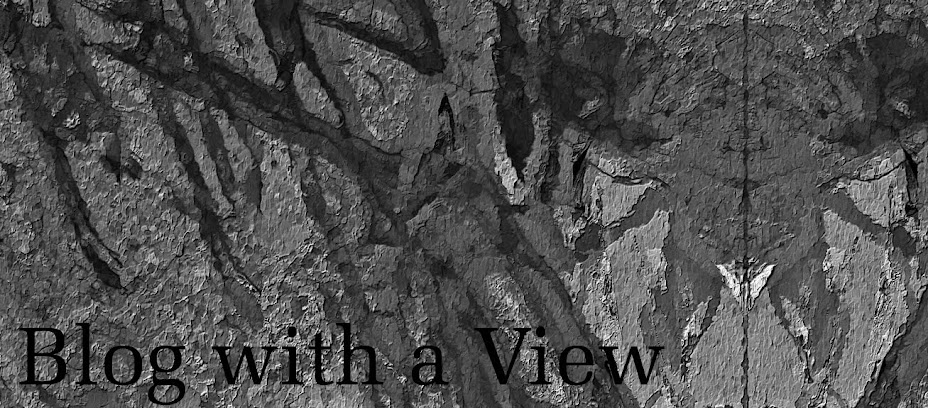At the Mountains of Madness (2002)
Sounds like this could be a great story. And it is. From the horror the horror of Wikipedia:
At the Mountains of Madness is a novella by horror writer H. P. Lovecraft. It was originally serialized in Astounding Stories in 1936, and has been reproduced in numerous collections since Lovecraft's death.
The story is considered by Lovecraft scholar S. T. Joshi to represent the decisive "demythology" of the Cthulhu mythos.
The story is written in first-person perspective by Professor William Dyer, a geologist from Miskatonic University. On an expedition to Antarctica, the narrator's colleagues discover the remains of ancient half-vegetable, half-animal life-forms, completely unknown to science. Their extremely early date in the geological strata is problematic because of their highly-evolved features. Through a series of dark revelations, violent episodes, misunderstandings, and insanity-producing events, the narrator learns of Earth's secret history and legacy.
According to S. T. Joshi, who included this novella as the central story in the first volume of his Annotated Lovecraft series, Mountains reveals Lovecraft's true feelings on the so-called Cthulhu Mythos that subsequent writers attributed to him, and "demythologizes" much of his earlier work.
Many of Lovecraft's stories involve features that appear to be supernatural, such as monsters and the occult. This is interesting, given that Lovecraft was an atheist and materialist who had no belief in anything supernatural. However, Mountains appears to explain the origins of such elements -- from occult symbols to "gods" such as Cthulhu -- in rational terms. Mountains explains many elements of the "Cthulhu Mythos" in terms of early alien civilizations that took root on Earth long before humans appeared.
I find it strange that the movement of decontructivism, a school of design in which architecture is seen in fragmented bits and pieces, produces buildings resembling the odd structures that Lovecraft describes in At the Mountains of Madness. The narrator describes a building in a section of the alien city like this:
The building which we had entered was one of great size and elaborateness, and gave us an impressive notion of the architecture of that nameless geologic past. The inner partitions were less massive than the outer walls, but on the lower levels were excellently preserved. Labyrinthine complexity, involving curiously irregular difference in floor levels, characterized the entire arrangement; and we should certainly have been lost at the very outset but for the trail of torn paper left behind us. We decided to explore the more decrepit upper parts first of all, hence climbed aloft in the maze for a distance of some one hundred feet, to where the topmost tier of chambers yawned snowily and ruinously open to the polar sky. Ascent was affected over the steep, transversely ribbed stone ramps or inclined planes which everywhere served in lieu of stairs. The rooms we encountered were of all imaginable shapes and proportions, ranging from five-pointed stars to triangles and perfect cubes. It might be safe to say that their general average was about 30 x 30 feet in floor area, and 20 feet in height, though many larger apartments existed. After thoroughly examining the upper regions and the glacial level, we descended, story by story, into the submerged part, where indeed we soon saw we were in a continuous maze of connected chambers and passages probably leading over unlimited areas outside this particular building. The Cyclopean massiveness and gigantism of everything about us became curiously oppressive; and there was something vaguely but deeply unhuman in all the contours, dimensions, proportions, decorations, and constructional nuances of the blasphemously archaic stonework. We soon realized, from what the carvings revealed, that this monstrous city was many million years old.
Seminal horror films, ranging from The Thing to Alien, certainly owe a nod to Lovecraft's creepy story.
I have said that Danforth refused to tell me what final horror made him scream out so insanely -- a horror which, I feel sadly sure, is mainly responsible for his present breakdown.
[Image seen on hplovecraft.com]
And maybe you'll need some Cthulhu plush slippers to keep from getting cold feet while you read.

1 comment:
That's interesting, I just assumed Lovecraft was evil! Even his name is weird.
What's particularly interesting to me is the categorization (pigeon-holing) of writers as "good" or "evil" in religious circles.
Steven King for instance was thought to be "demon-posessed" by a former pastor in our church, and by implication, something to stay away from.
As I get older and maybe more mature too, I find these things are much more complicated and that writers or artists in general, are easily misunderstood by religious folks, or most people for that matter.
I think the supernatural in many stories is just a way to introduce "fanciful" ideas. The Arabian Nights for instance has alot of "enchantment" in it, but it just seems to be a mechanism that makes possible all sorts of otherwise impossible scenarios (flying horses, monsters, strange lands); an early form of science fiction.
Although I've never read it (I say that a lot), it sounds like At the Mountains of Madness was just an interesting story to Lovecraft who enjoyed playing with the idea of ancient inhabitants on earth and the wide range of emotions (like contagious insanity) which the horror genre explores.
Or is it really just a clever, sinister facade.... =:o
Post a Comment